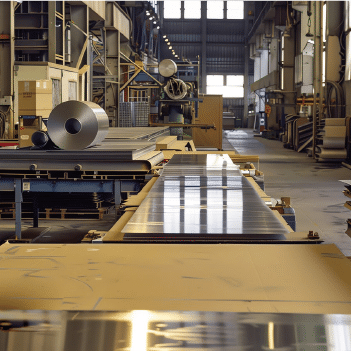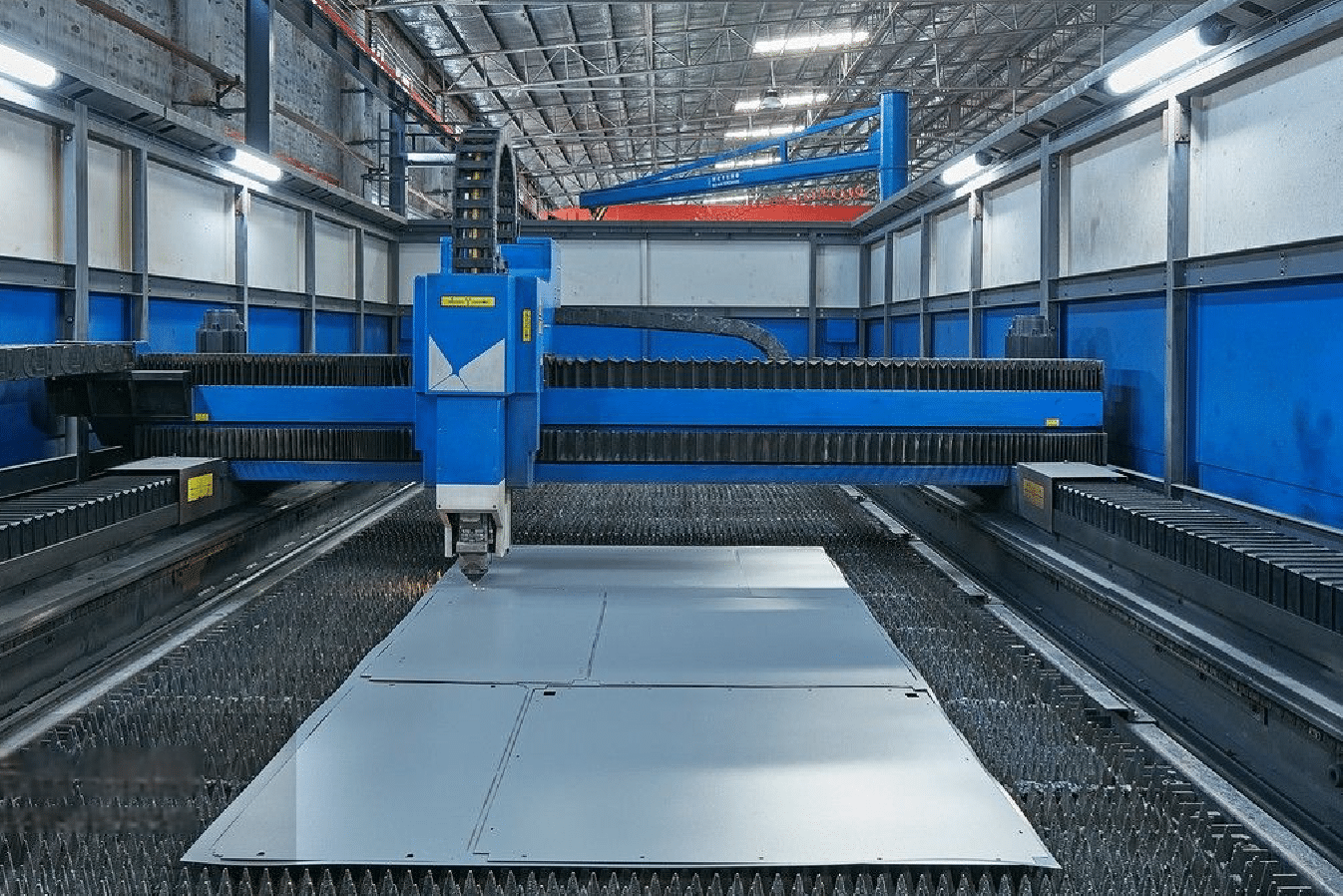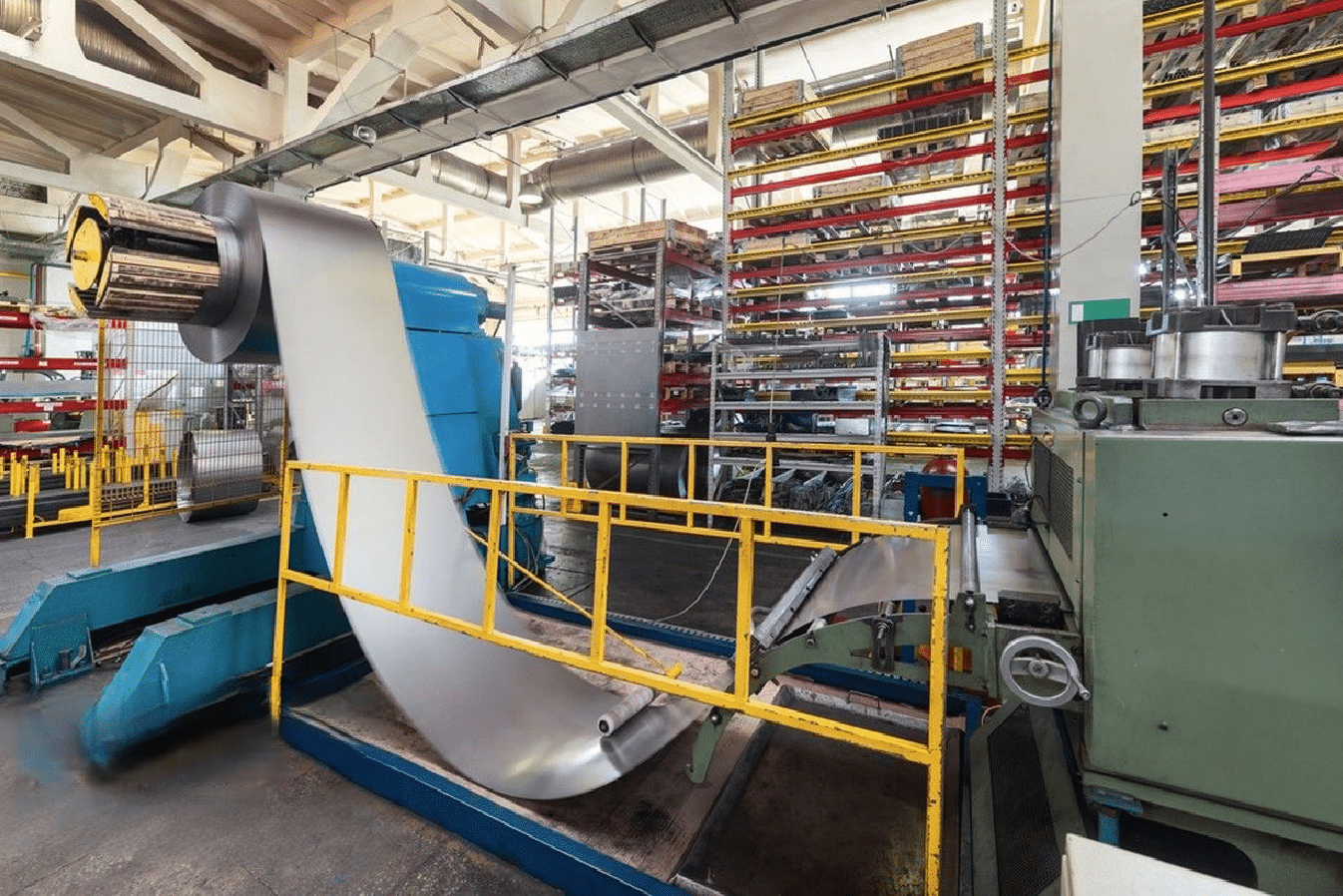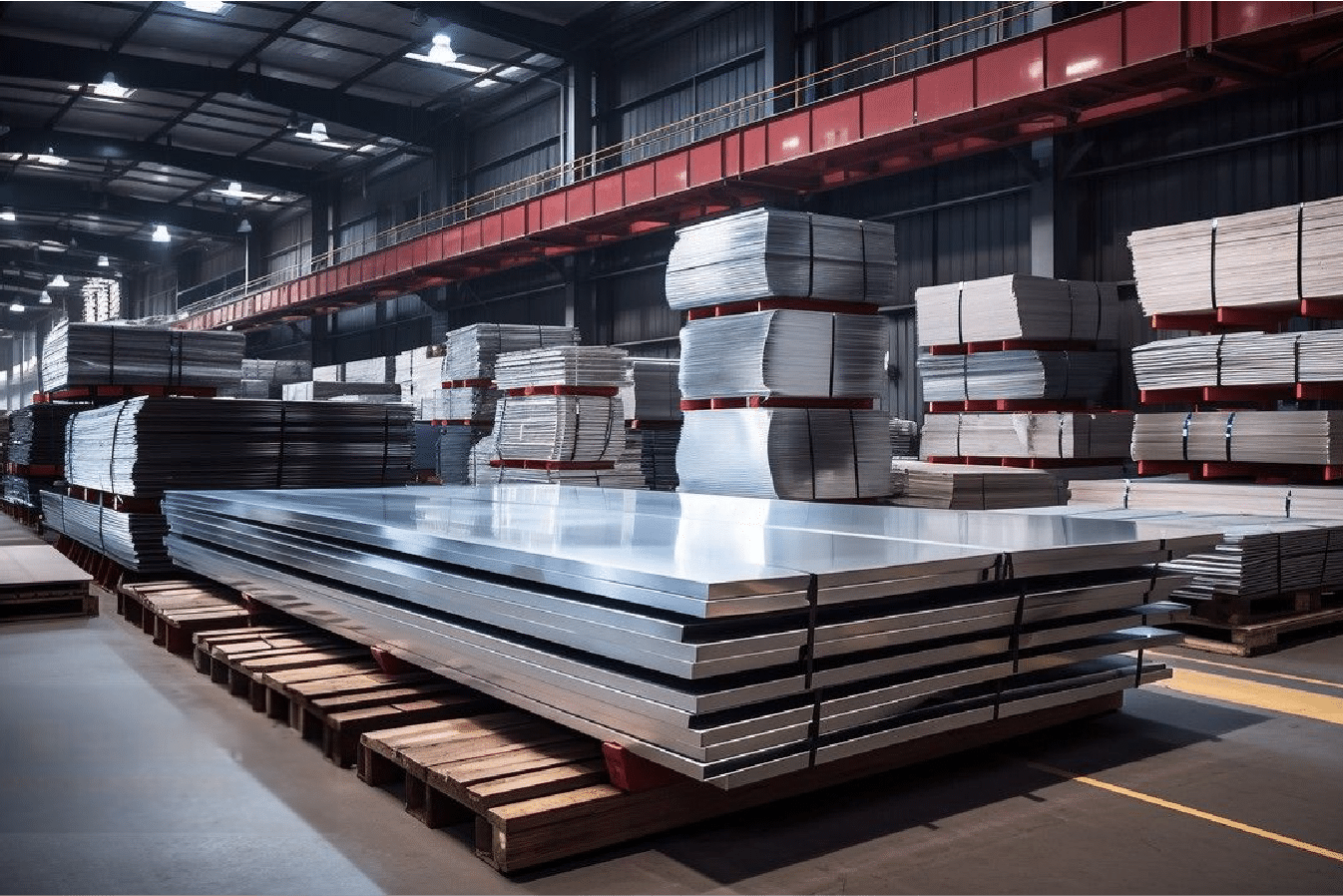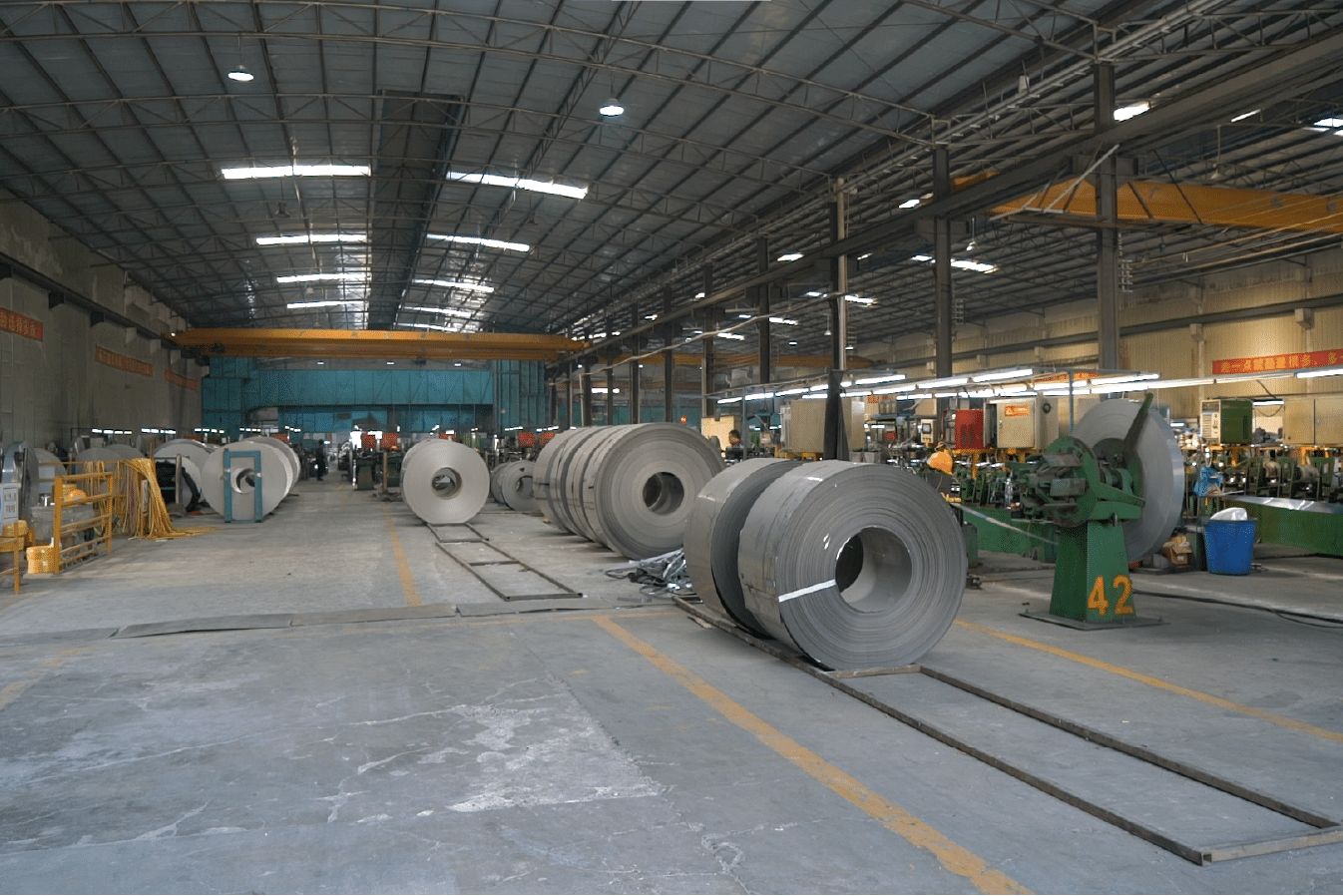As a stainless steel manufacturer with over 15 years of experience, I've seen countless customers struggle with choosing between 201 and 304 stainless steel coils, often leading to costly mistakes.
201 and 304 stainless steel coils1 differ primarily in their nickel content and cost. While 304 contains 8-10.5% nickel offering superior corrosion resistance, 201 uses manganese to replace some nickel, making it more economical but slightly less corrosion-resistant.
Having worked with manufacturers across India and Southeast Asia, I understand the complexity of selecting the right grade. Let me share insights from my experience to help you make an informed decision that balances performance requirements with budget constraints.
The choice between 201 and 304 stainless steel coils isn't just about cost - it's about understanding your specific application needs, environmental conditions, and long-term performance requirements. Through my years of consulting with industrial clients, I've discovered that many factors influence this decision, from mechanical stress requirements to chemical exposure conditions.
What are the key differences in composition between 201 and 304 stainless steel coils?
Last month, while consulting with a major kitchen equipment manufacturer in Mumbai, I encountered a common misconception about the composition differences between these grades that was affecting their material selection process.
The primary compositional difference between 201 and 304 stainless steel lies in their nickel content. 304 contains 8-10.5% nickel2, while 201 uses manganese (5.5-7.5%) and nitrogen to partially replace nickel, maintaining only 3.5-5.5% nickel content.
The composition differences between 201 and 304 stainless steel coils represent a fascinating evolution in metallurgical engineering, driven by both economic considerations and technical innovation. Understanding these differences is crucial for making informed decisions about which grade best suits your specific application.
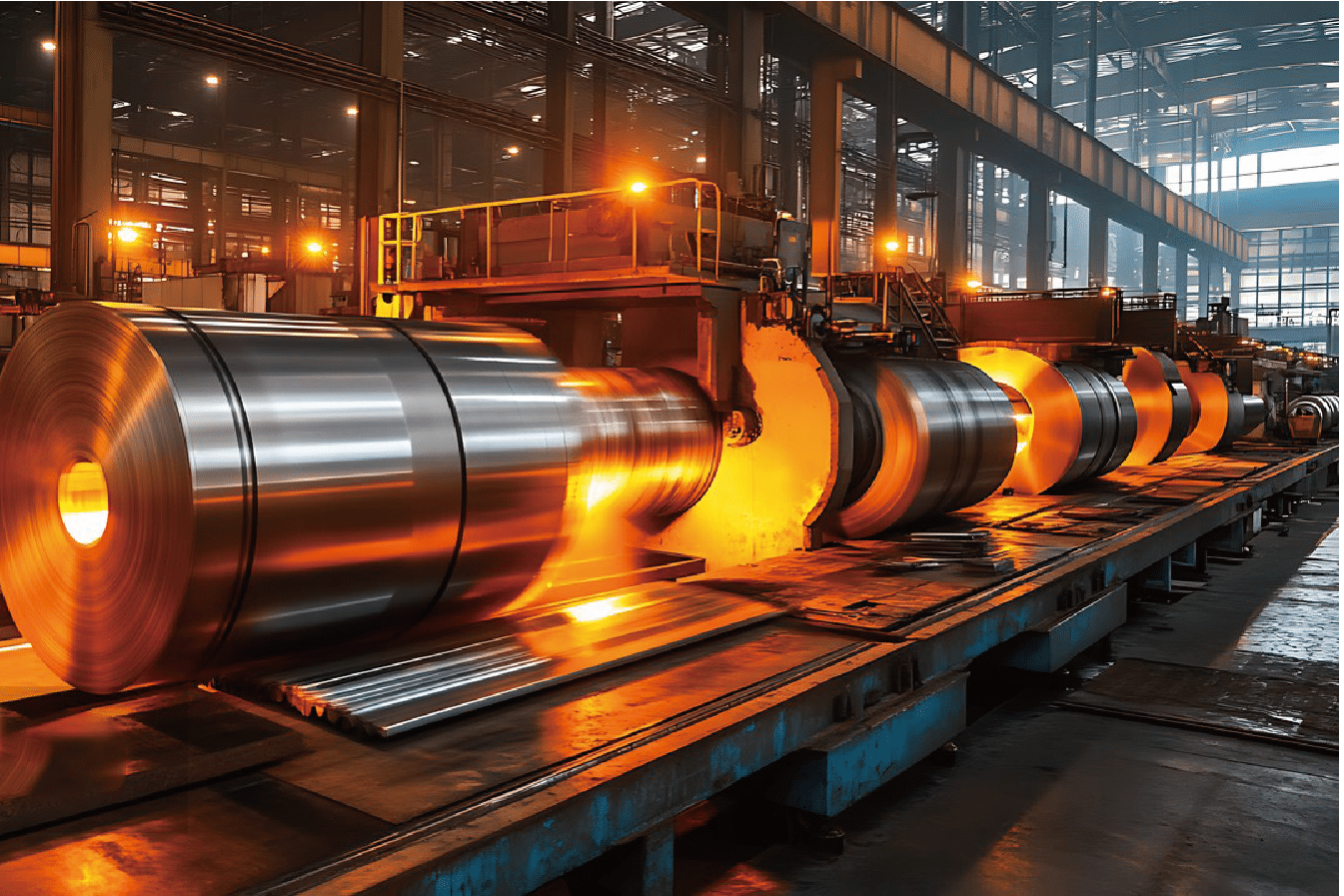
Chemical Composition Analysis
The chemical composition of these grades tells a compelling story about their development and capabilities. Based on our laboratory analysis and industry standards, here's a detailed breakdown of their compositional differences:
| Element | 201 Grade (%) | 304 Grade (%) |
|---|---|---|
| Carbon | 0.15 max | 0.08 max |
| Chromium | 16-18 | 18-20 |
| Nickel | 3.5-5.5 | 8-10.5 |
| Manganese | 5.5-7.5 | 2.0 max |
| Nitrogen | 0.25 max | 0.10 max |
| Silicon | 1.00 max | 1.00 max |
| Phosphorus | 0.060 max | 0.045 max |
| Sulfur | 0.030 max | 0.030 max |
Impact of Nickel Content
The most significant compositional difference lies in the nickel content, which has far-reaching implications for both performance and cost. Through our extensive testing and real-world applications, we've observed that the higher nickel content in 304 grade3 provides superior corrosion resistance and better formability. This became particularly evident when working with a client in the food processing industry, where their acidic processing environment demanded the enhanced corrosion resistance of 304 grade.
Role of Manganese and Nitrogen
The innovative use of manganese and nitrogen in 201 grade represents a clever metallurgical solution to reduce nickel dependency while maintaining austenitic properties. During our manufacturing process, we've noticed that this substitution, while cost-effective, creates subtle differences in material behavior. For instance, when working with a client in the automotive industry, we found that the higher manganese content in 201 grade4 actually provided better wear resistance in certain applications.
The compositional variations lead to distinct microstructural characteristics. Through our metallurgical laboratory studies, we've observed that 304's higher nickel content creates a more stable austenitic structure, while 201's manganese-nitrogen combination produces a slightly different austenitic formation. This difference becomes particularly relevant in high-temperature applications, where phase stability is crucial.
304 has more nickel than 201True
304 stainless steel contains 8-10.5% nickel, while 201 has only 3.5-5.5%.
201 has more chromium than 304False
304 stainless steel contains 18-20% chromium, which is more than the 16-18% in 201.
How do the mechanical properties vary between 201 and 304 stainless steel coils?
After spending countless hours in our testing laboratory comparing these grades, I've discovered that the mechanical property differences can significantly impact your project's success or failure.
201 and 304 stainless steel coils5 exhibit distinct mechanical properties. 201 typically offers higher yield strength (355-525 MPa) compared to 304 (205-310 MPa), while 304 provides better ductility and superior work hardening characteristics.
The mechanical properties of these grades represent a fascinating intersection of metallurgical science and practical application. Through my experience working with various manufacturers, I've found that understanding these differences is crucial for optimizing material selection and ensuring long-term performance success.
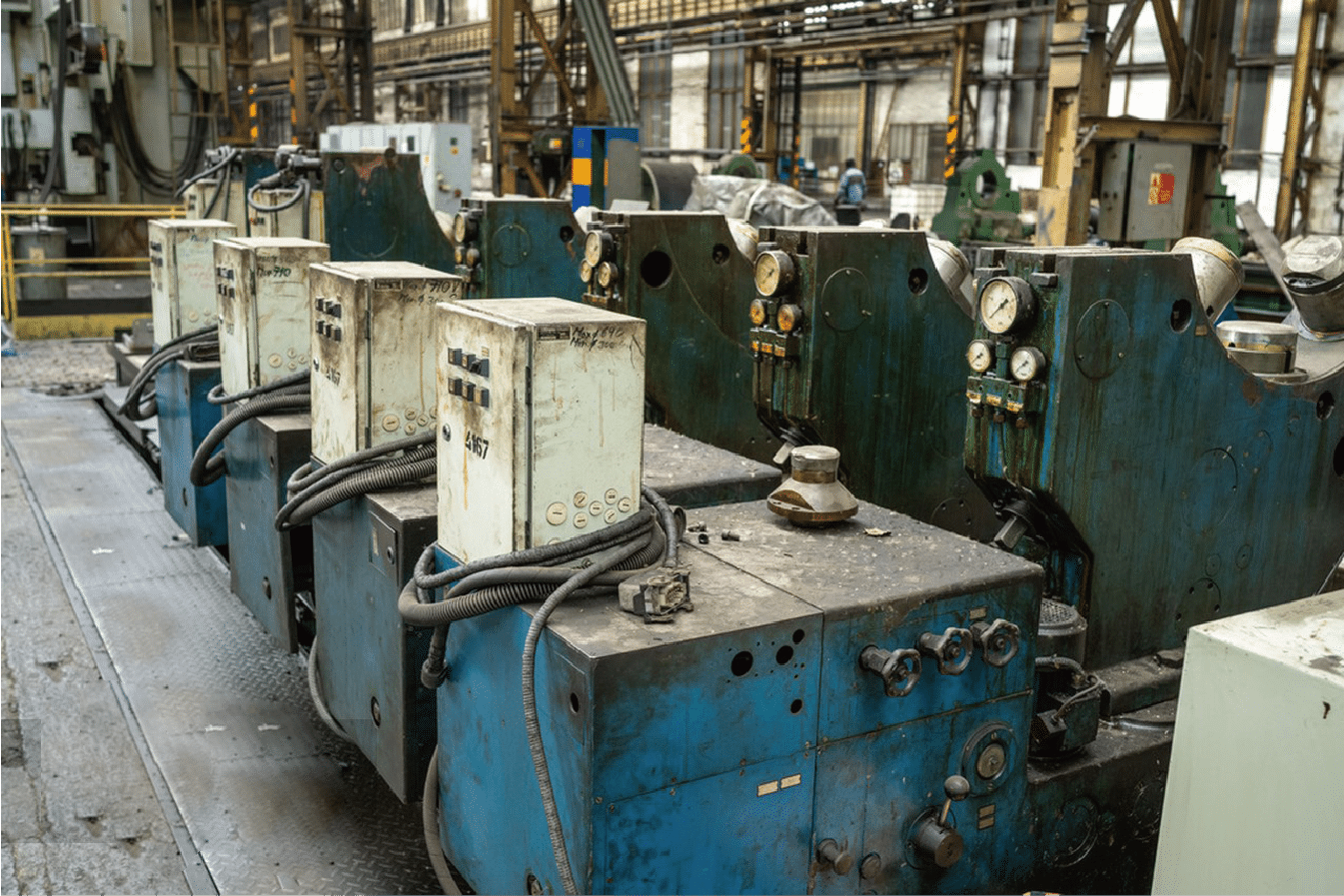
Strength Characteristics
Working closely with structural engineers and manufacturers, I've observed how strength variations between these grades impact different applications. Our comprehensive testing data reveals interesting patterns:
| Property | 201 Grade | 304 Grade |
|---|---|---|
| Yield Strength (MPa) | 355-525 | 205-310 |
| Tensile Strength (MPa) | 655-850 | 515-720 |
| Elongation (%) | 40 min | 45 min |
| Hardness (HRB) | 88-95 | 80-88 |
In our manufacturing facility, we regularly conduct stress tests that demonstrate 201's superior yield strength. This became particularly relevant when working with a construction equipment manufacturer in Delhi who needed materials for high-stress applications.
Work Hardening Behavior
Through extensive testing in our metallurgical laboratory, we've observed fascinating differences in work hardening behavior. 304 grade6 exhibits a more gradual and predictable work hardening curve, making it ideal for complex forming operations. This characteristic proved invaluable for a client in the automotive industry who needed consistent material behavior during deep drawing operations.
Temperature Performance
The temperature response of these grades varies significantly, which impacts their application range. Our thermal cycling tests have shown that 304 maintains its properties more consistently at elevated temperatures, while 201 may experience more pronounced property changes. This insight has been crucial in advising clients in the chemical processing industry about material selection for high-temperature applications.
201 has higher yield strengthTrue
201 stainless steel typically has a yield strength of 355-525 MPa, higher than 304's 205-310 MPa.
304 has higher hardness than 201False
201 stainless steel has a hardness of 88-95 HRB, which is higher than 304's 80-88 HRB.
What are the different applications for 201 and 304 stainless steel coils?
Throughout my career, I've guided countless clients through the process of selecting the right grade for their specific applications, preventing costly mismatches between material properties and application requirements.
201 stainless steel7 is commonly used in indoor applications like kitchen equipment and architectural trim, while 304 is preferred for more demanding applications such as food processing equipment, chemical containers, and outdoor installations requiring superior corrosion resistance.
Understanding the application spectrum of these grades is crucial for making informed decisions. Let me share insights gained from working with various industries and helping clients optimize their material selection process.
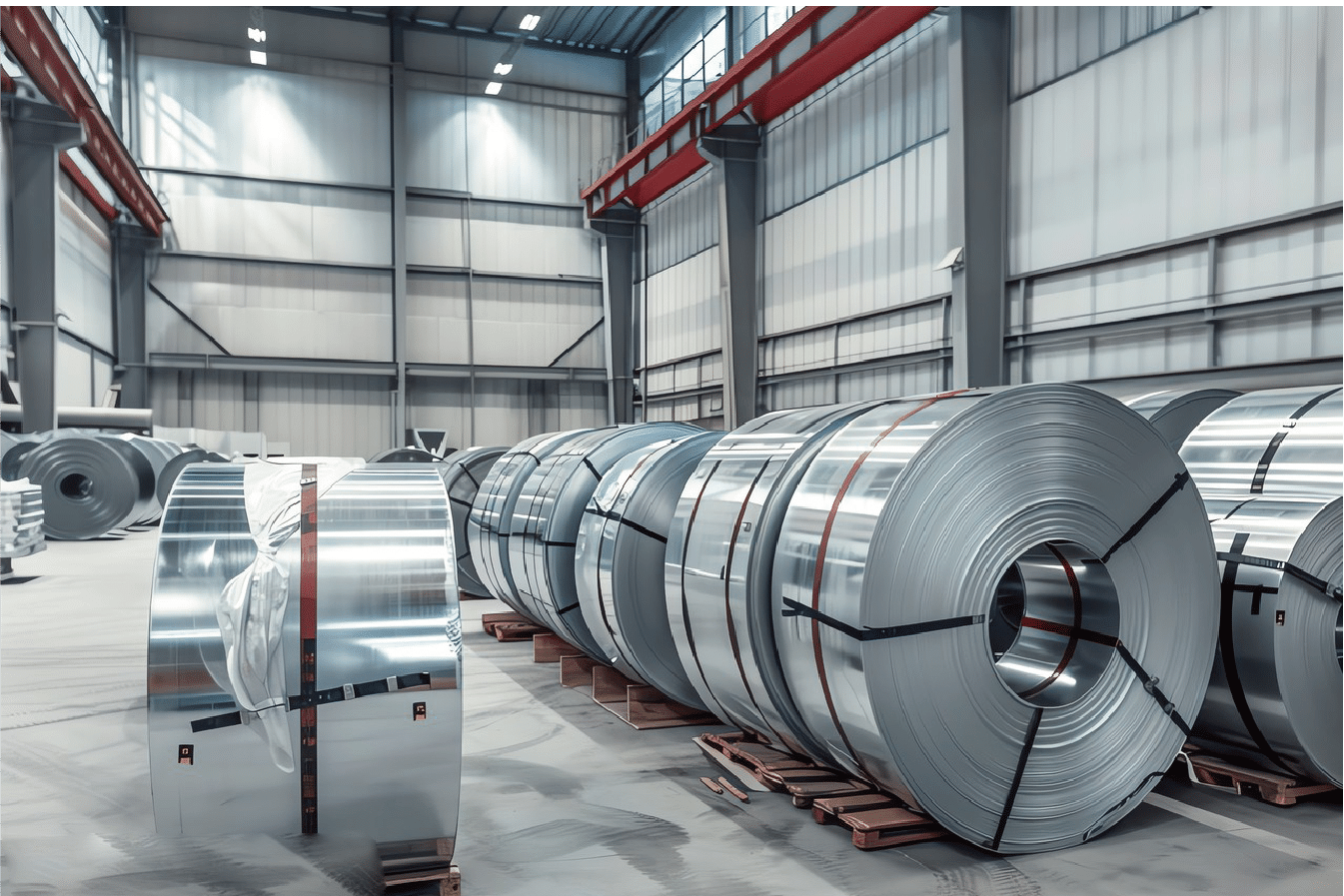
Indoor Applications
Through our extensive work with manufacturers across Asia, we've identified optimal use cases for both grades in indoor environments:
| Application Type | 201 Grade | 304 Grade |
|---|---|---|
| Kitchen Equipment | Good for dry areas | Preferred for wet areas |
| Furniture | Excellent | Excellent |
| Interior Trim | Recommended | Suitable but costly |
| Elevator Panels | Commonly used | Premium option |
| Appliances | Cost-effective choice | High-end applications |
Industrial Applications
Working with industrial clients has provided valuable insights into how these grades perform in different manufacturing environments. 304 grade8 has consistently proven superior in demanding industrial applications, particularly in corrosive environments. For instance, a chemical processing plant in Thailand switched from 201 to 304 for their storage tanks after experiencing accelerated corrosion in their aggressive chemical environment.
Food Processing Equipment
The food industry presents unique challenges that highlight the differences between these grades. Through our collaboration with food processing equipment manufacturers, we've observed that while 201 can be suitable for dry food processing, 304's superior corrosion resistance makes it the preferred choice for equipment handling acidic foods or requiring frequent cleaning with aggressive chemicals.
304 is better for outdoor useTrue
304 stainless steel offers superior corrosion resistance, making it ideal for outdoor applications.
201 is preferred for food processingFalse
304 is the preferred choice for food processing equipment due to its superior corrosion resistance.
What factors should you consider when choosing between 201 and 304 stainless steel coils?
As a manufacturer who has guided countless clients through material selection, I've learned that the wrong choice between 201 and 304 can lead to significant operational challenges and unexpected costs.
The selection between 201 and 304 stainless steel should consider environmental exposure, corrosion resistance requirements, mechanical stress levels, operating temperatures, and budget constraints. Each factor plays a crucial role in determining long-term performance and cost-effectiveness.
Let me share insights from my experience helping manufacturers across Asia make this critical decision. Understanding these factors can mean the difference between optimal performance and premature material failure.

Application Environment Analysis
Through years of working with diverse industries, we've developed a comprehensive understanding of how environmental factors impact material performance:
| Environmental Factor | Impact on 201 | Impact on 304 | Recommendation |
|---|---|---|---|
| Indoor/Dry | Minimal corrosion | Excellent resistance | Either grade suitable |
| Coastal/Marine | Rapid deterioration | Good resistance | 304 recommended |
| Chemical Exposure | Limited resistance | High resistance | 304 essential |
| High Temperature | Moderate stability | Excellent stability | 304 preferred |
| Urban Outdoor | Moderate performance | Excellent durability | 304 recommended |
Performance Requirements Assessment
Working with a major automotive parts manufacturer in Chennai last year provided valuable insights into performance requirement analysis. Their initial focus on cost savings led them to consider 201, but after analyzing their specific needs, they opted for 304 due to its superior performance in their high-stress application environment.
The performance requirements assessment should consider:
- Operating temperature ranges
- Exposure to corrosive elements
- Required service life
- Mechanical stress levels
- Maintenance requirements
Manufacturing Process Compatibility
Our experience in manufacturing both grades has revealed important considerations about processing requirements. Recently, a kitchen equipment manufacturer in Bangkok faced challenges with their forming processes. Their switch from 304 to 201 required significant adjustments to their manufacturing parameters due to differences in work hardening behavior.
304 is better for chemical exposureTrue
304 stainless steel has high resistance to chemical corrosion, making it essential for such environments.
201 is ideal for high temperaturesFalse
304 stainless steel maintains its properties more consistently at elevated temperatures compared to 201.
What are the cost implications of using 201 versus 304 stainless steel coils?
In my role overseeing large-scale stainless steel projects, I've witnessed how proper cost analysis can significantly impact a project's success and long-term profitability.
The initial cost difference between 201 and 304 stainless steel typically ranges from 15-25%, with 201 being more economical. However, total cost analysis should include maintenance requirements, replacement frequency, and application-specific performance needs.
Let me share some practical insights from my experience helping manufacturers balance cost considerations with performance requirements across various applications and industries.
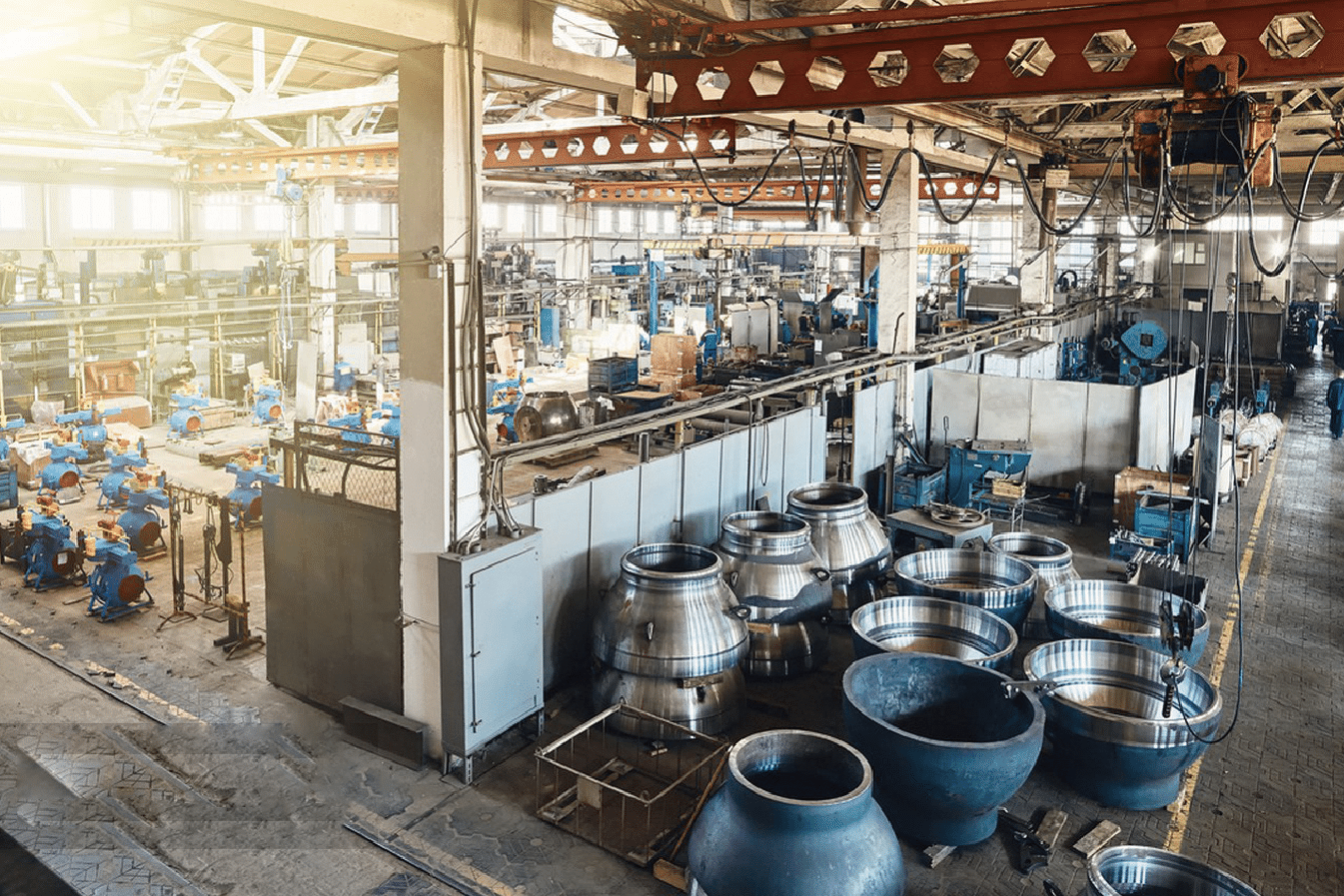
Initial Investment Analysis
Our comprehensive cost analysis reveals important considerations for initial investment:
| Cost Component | 201 Grade | 304 Grade | Impact on Decision |
|---|---|---|---|
| Material Cost | Base price | 15-25% higher | Short-term budget |
| Processing Cost | Standard | Similar | Minimal impact |
| Installation Cost | Standard | Similar | Minimal impact |
| Tool Wear | Higher | Lower | Long-term consideration |
| Scrap Value | Lower | Higher | End-of-life value |
Lifecycle Cost Considerations
Through our partnerships with various manufacturers, we've gathered extensive data on lifecycle costs. A recent case study with a food processing equipment manufacturer in Vietnam demonstrated how initial savings with 201 grade were offset by higher maintenance costs and shorter service life.
Key lifecycle factors include:
- Maintenance frequency and costs
- Expected service life
- Replacement requirements
- Downtime costs
- Warranty considerations
Market Dynamics and Price Volatility
Our market analysis team continuously tracks price trends and their impact on total costs. The nickel content difference between these grades creates distinct price volatility patterns. Last quarter, when nickel prices surged by 30%, 304 prices increased more dramatically than 201, affecting project budgets significantly.
Working with a large industrial client in Malaysia revealed several hidden cost factors that aren't immediately apparent:
- Insurance requirements and premiums
- Regulatory compliance costs
- Environmental impact considerations
- Energy efficiency impacts
- Labor costs for maintenance and replacement
201 is more economical initiallyTrue
201 stainless steel typically costs 15-25% less than 304 initially.
304 requires more maintenanceFalse
304 stainless steel generally requires less maintenance due to its superior corrosion resistance.
Conclusion
The choice between 201 and 304 stainless steel coils depends on your specific application needs. While 201 offers cost savings and good mechanical properties, 304's superior corrosion resistance and stability make it ideal for demanding applications requiring long-term reliability.
-
Understand the primary distinctions in nickel content and cost between 201 and 304 stainless steel coils ↩
-
Learn about the specific nickel content range in 304 stainless steel for better corrosion resistance ↩
-
Discover the benefits of higher nickel content in 304 stainless steel, including corrosion resistance and formability ↩
-
Understand how manganese in 201 stainless steel affects its properties and applications ↩
-
Compare the yield strength and ductility differences between 201 and 304 stainless steel coils ↩
-
Learn about the work hardening behavior of 304 stainless steel and its suitability for forming operations ↩
-
Identify typical indoor applications for 201 stainless steel, such as kitchen equipment and architectural trim ↩
-
Understand why 304 stainless steel is chosen for demanding industrial and corrosive environments ↩

